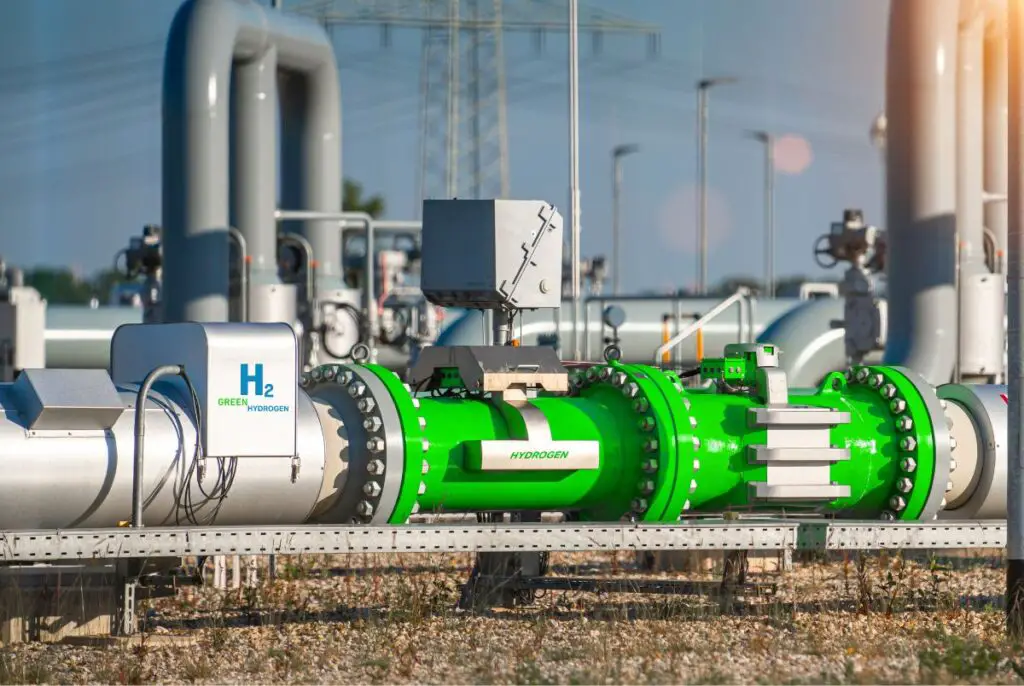Australia is investigating the idea of controlling the world market for green hydrogen. With an abundance of natural resources and a long history of energy exports, the country intends to capitalize on hydrogen’s potential to revolutionize clean energy.
Creative Methods for Producing Hydrogen
A company called Hysata, based near Port Kembla, Australia, has created a potentially helpful method for producing hydrogen. The technology of the corporation uses electricity and an electrolysis technique to separate water into hydrogen and oxygen. Hysata is distinct in that it reduces energy loss from bubbles formed during the electrolysis process by using a particular material. Hysata claims that its system uses 20% less electricity than traditional methods in order to manufacture hydrogen.
Types of Hydrogen
Hydrogen can be categorized into several types based on production methods:
Green Hydrogen: Produced using renewable energy.
Grey Hydrogen: Generated from methane, releasing carbon dioxide as a by-product.
Blue hydrogen is the same as gray hydrogen, but it has stored and caught carbon dioxide.
Black hydrogen is produced when coal is burned.
Green hydrogen is thought to be the most sustainable since it is produced with renewable energy. But increasing output to keep up with demand around the world still presents a big obstacle.
Australia’s Hydrogen Potential
Australia is a great contender to dominate the world in hydrogen generation due to its abundance of natural resources. Coal and iron ore are two examples of the energy resources that the nation has historically exported, and many believe that hydrogen will be the next big commodity. The difficulty of maintaining effective production and controlling supply to satisfy demand is highlighted by Dr. Liam Wagner of Curtin University.
Hysata’s innovative approach aims to address these challenges, offering a more efficient and cost-effective method of hydrogen production. The technology, initially developed at the University of Wollongong, could potentially reduce costs and improve efficiency in the sector.
Geogenic Hydrogen
Australia is investigating geogenic (natural) hydrogen, which is produced by natural processes and is found in rocks, in addition to green hydrogen. This kind of hydrogen may be inexpensively extracted, stored, and used, according to Dr. Ema Frery of CSIRO. Like natural hydrogen used to generate electricity for local people in Mali, geogenic hydrogen may provide an additional clean energy source.
Challenges and Criticisms
Despite the enthusiasm, there are significant hurdles. The Institute for Energy Economics and Financial Analysis (IEEFA) warns that exporting hydrogen may be economically unfeasible. Amandine Denis-Ryan of IEEFA argues that the costs associated with hydrogen shipping and storage might outweigh the benefits, suggesting that using hydrogen locally could be more practical.
Future Prospects
Global advances in hydrogen technology can be attributed to large expenditures made in China, Japan, Germany, and the United States. Bahman Shabani of RMIT University is creating techniques for storing extra renewable energy in media based on hydrogen. Hydrogen is becoming more and more popular around the world, which suggests that it will be important for sustainable energy in the future.
For more latest news checkout our website: latestglobalinsight

